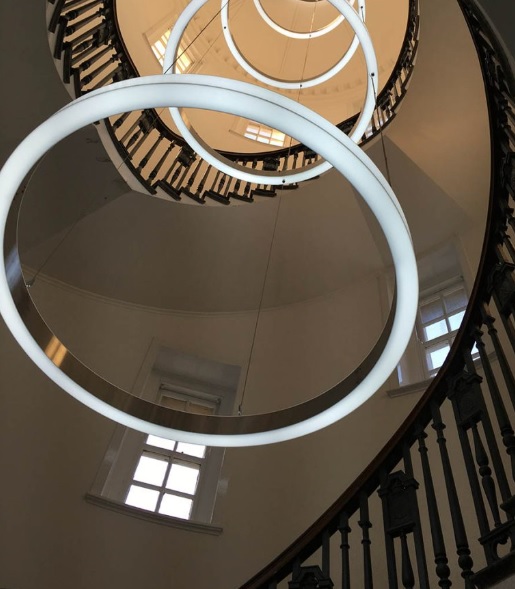
In a previous post we looked at the history of the General Post Office in Sheffield city centre. From humble beginnings on High Street, via Angel Street, Market Place, and Haymarket, the central post office ended up in Fitzalan Square.
However, the building now occupied by Sheffield Hallam University, was a long time coming.
In the first years of the twentieth century the Post Office acknowledged that facilities at the top of Haymarket had become too small.
By 1897, red-brick offices in Flat Street had opened and by 1900 all that remained at Haymarket was public counter work and the telegraphic department.
In fact, the Post Office had been buying up land around its Flat Street offices. By 1903, it had a triangular piece of land of one acre stretching from Fitzalan Square to Pond Hill.

The Post Office submitted plans to Sheffield Corporation for a building fronting Fitzalan Square, but the councillors were less than impressed. In 1907 it sent a delegation to see Lord Granard, who represented the Post Office in the House of Lords, to ask for a better building, including a finer elevation, than the one proposed.
Newspapers had been full of stories about a new post office and the people of Sheffield had started to think that the building might never get built.
However, the visit to London appeared to work and later that year plans were released by the Post Office for a new building in Fitzalan Square adjoining the existing Flat Street offices.

Work started in 1908, coinciding with Fitzalan Square improvement works, and an immense crane, 70ft high and with a jib 95ft long, dominated the skyline.
It was designed by Walter Pott, an architect who had started work with HM Office of Works in 1896 working in the London and Leeds offices.
The design was a modern adaptation of the Renaissance and allowed an additional storey over the wing in Flat Street.

The principal front in Fitzalan Square was three storeys high, with a central portion having columns the full height of the two lower floors, these finished with carved Ionic caps and heavily moulded cornice and balustrade, which continued around the other fronts.
The front of Flat Street was treated in a similar manner but without the columns, and the corner with Fitzalan Square was rounded to accommodate a main staircase leading to the upper floors and finished with a dome.
The two principal entrances were in the wings of this portion, giving access to the public office, inquiry office, and Postmaster’s office. The upper parts of these were finished with heavy pediments.
Post boxes were at the base of the corner, with a large bracket clock (paid for by the council) above.

The main post room, for the sale of stamps and postal orders, was 64ft long and 45ft wide, lit with windows back and front, and lined to a height of 8ft with marble, with a mosaic floor. Adjoining was a public telephone office with ‘silence boxes’ to allow messages to be sent without interference or risk of transactions being overheard.
The Postmaster, the Chief Clerk and writing staff, as well as the sectional engineer, were accommodated on the first floor immediately over the public office and front entrances, and on the floor above was the telephone switch-room and message-room. The basement was used for batteries and engineers’ equipment.

The Flat Street wing was set apart on the lower floors for retiring rooms for staff, for the messengers’ delivery room, and for storerooms. The first floor was entirely occupied by an instrument room.
The lower part of the site was in Little Pond Street, a much-needed extension to the existing sorting office, and for the provision of yards for loading and unloading mail and the storage of handcarts.
The new post office was designed throughout to meet modern sanitary requirements as regards light and ventilation, and the walls and passages occupied by staff were faced with glazed bricks. Four boilers, 146 radiators, and 1½ miles of heating pipe was installed by the Brightside Foundry and Engineering Co.
The building had been built on a hillside, and the result was that the greater portion was down below street level, and what people saw from Fitzalan Square was only the top.

Although history books give a date of 1910 for the building, it came into use without fuss during the summer of 1909. “The staff simply left their posts in one building and walked over to the incomparably better equipped accommodation across the Square.”
It remained in operation until 1999 and remained empty for several years, a ‘building at risk’, until rescued by Sheffield Hallam University which opened it as the Institute of Arts in 2016.


© 2020 David Poole. All Rights Reserved.